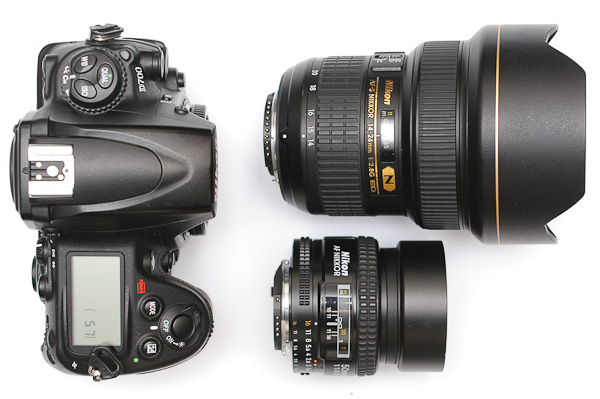
Whether you’re shooting live music photography, weddings or any photography that involves quick response, fleeting moments and a limited period in which to execute, changing DSLR lenses is practically a necessity for any event to ensure the best and broadest coverage. Here are 5 tips to changing camera lenses better, faster, and stronger. Think 5-second lens changes are impossible? Read on.
Speed Kills
While landscape photographers and macro shooters may have the luxury of leisurely lens changes, for any photojournalist and event shooter with more lenses than camera bodies, quick lens changes are a necessary skill. With these tips, you should be counting your lens changes in the single digits with ease.
5 Tips For Faster Lens Changes
1) Faster Camera Bags
The number one biggest time suck when changing lenses is not having a camera bag that facilitates easy access and fast lens changes. For me, the ideal bag is one that keeps lenses upright, readily accessible and which has a minimum of flaps with which to contend.
The bags that most readily fit this description are modular belt systems with multi-lens pouches, such as those made by Kinesis or Think Tank’s beltbacks and Skin Series, which are modular systems. For me, the key to these systems is the fact that the bags can be used in such a way that lenses are always accessible, without the need to peel back layers of flaps, excess padding, and zippers.
For users of messenger-style bags like those from Crumpler, simply having the main flap tucked open can save valuable seconds when you need to change lenses quickly.
Additionally, simply re-planning your camera bag to make your most-used and most-changed lenses the readily accessible can make a big difference while shooting.
2) No Caps
This one is easy – If you want the fastest lens changes, do away with your lens caps head of time. This goes for front and rear lens caps. Simply by removing all lens caps before a shoot means you’ll automatically save time removing, stowing, and replacing caps when you need to change lenses.
Sure, your rear elements are going to be exposed to the perils of flying rocker sweat, champagne spray, or who knows what else. But hey – no guts, no glory.
3) Rethink The Lens Hood
Another sure-fire way to speed your lens changes is simply to do away with lens hoods. Short of that, using lens cases/bags that let you store your lenses with hoods in the shooting position will save time and fumbling.
Alternatively, one great alternative is to use collapsable hoods like the Mamiya M77 Rubber Lens Hood, which are permanently attached and go from storage to active in a quick pop – much faster than detaching a reversible stock lens hood and locking it back on.
4) Practice
This might sound silly, but practicing lens changes will make for faster and more efficient shooting. Sure, you’ve probably changed lenses hundred and thousands of times as a photographer – but if you’ve never practiced for speed, you’re only cruising for complacency.
5) No Fear
My last tip? No fear. No fear of dust, of bumping your lenses, or of getting a fingerprint on the rear element of your lens.
Also: Don’t be a wimp. Making the best images isn’t about how pretty your camera gear looks.
Summary
- Faster Camera Bags
- No Caps
- Smarter Lens Hoods
- Practice
- No Fear
So, there you have it. Five tips to help you with faster lens changes, whether you’re shooting wedding photography or concert photography. With a little planning and a few kit tweaks, you should be able to get lens changes down to 10-seconds or less with ease, and down to 5-seconds at your most blazing.
Not only will faster lens changes mean you’ll be able to nail the dynamic shots you want, but they should also mean that your DSLR’s sensor should be exposed to dust and outside air for the minimum amount of time.
More than anything, this article is just a detail of thinking and shooting with intent, and optimizing your kit to be as transparent as possible so you can make the images you want. Next time you’re going out to shoot, take a minute to think about your shooting style, your images, and how your gear is going to enable that vision.
